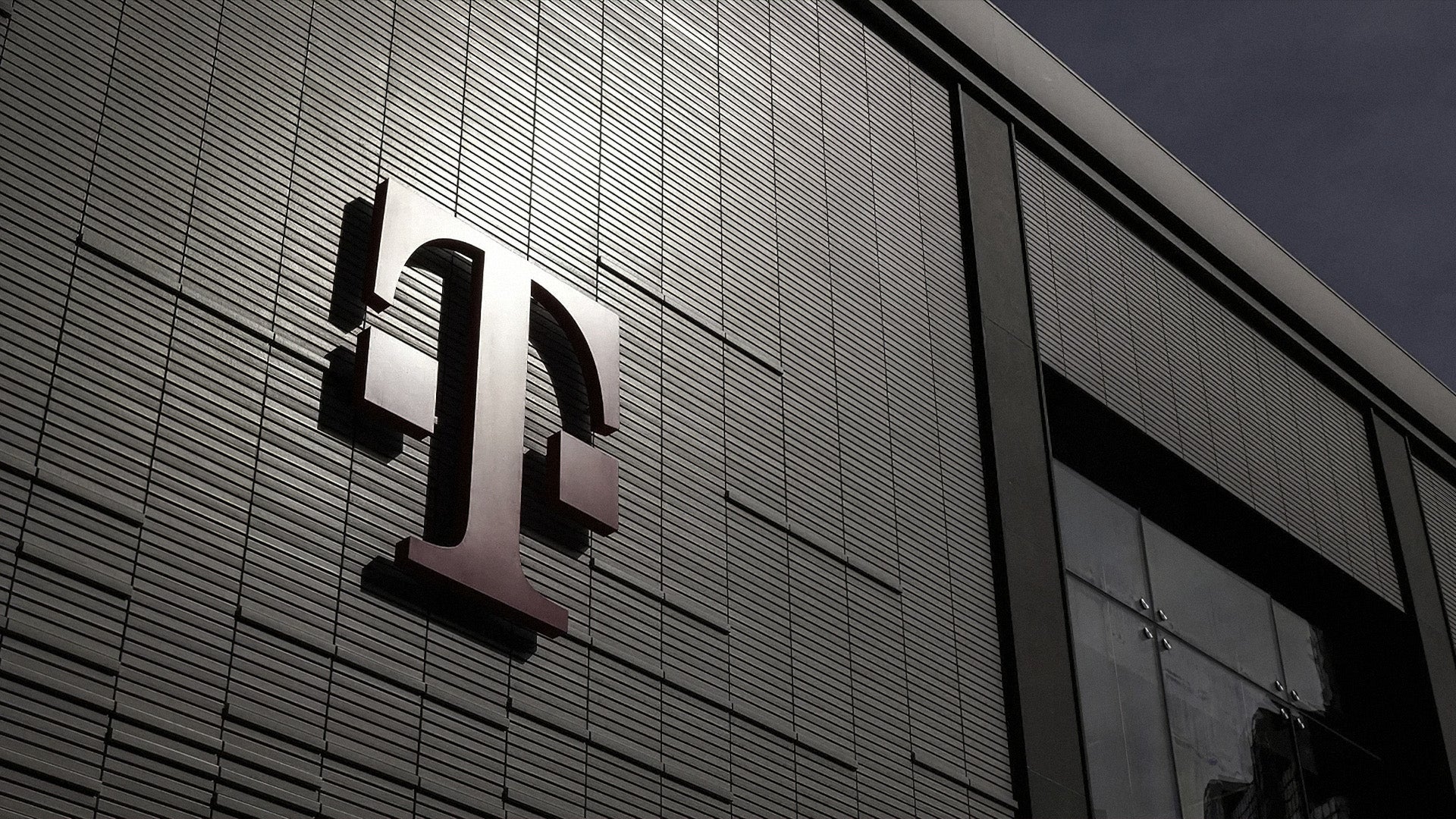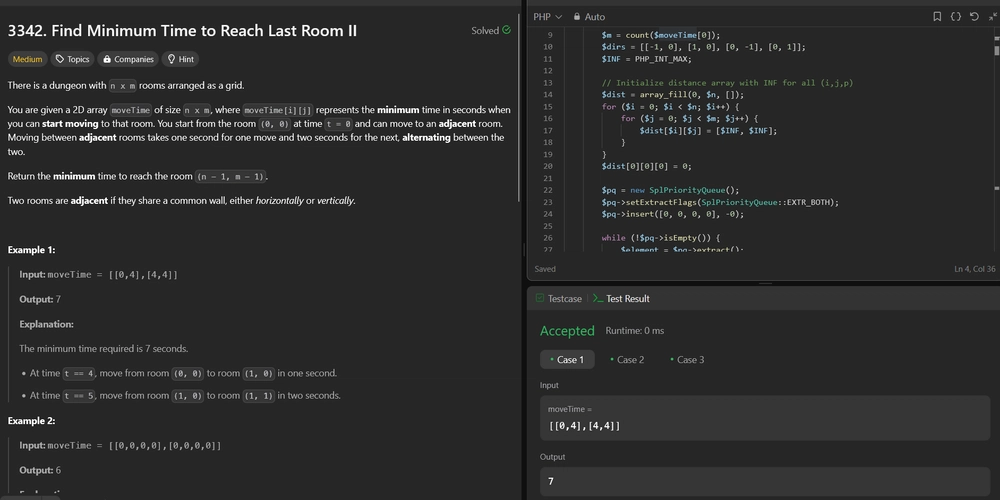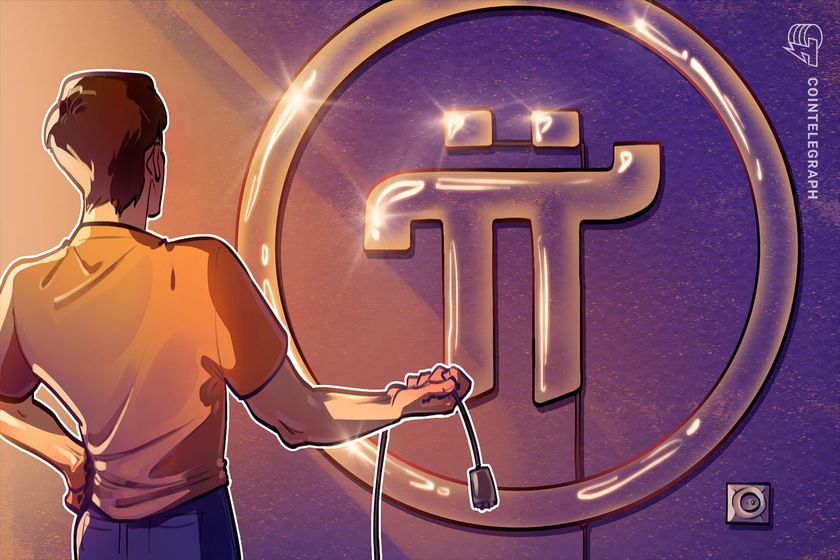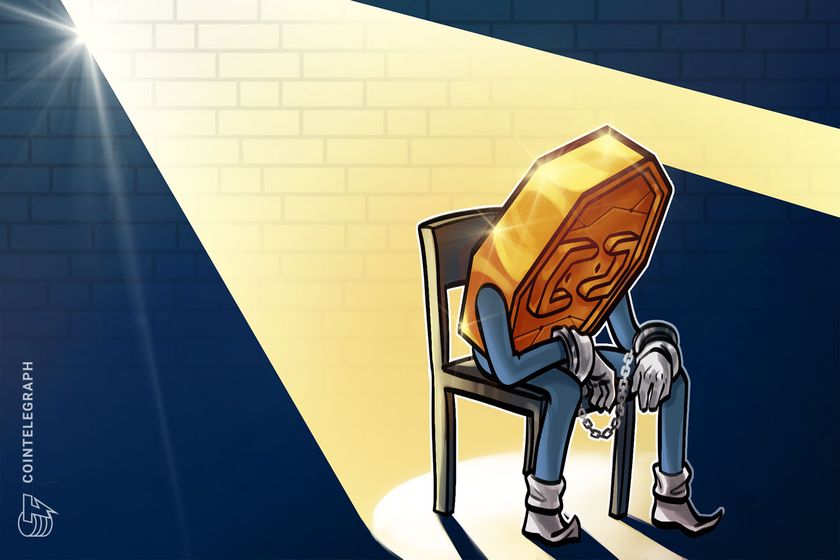How to Align Buttons Side by Side in HTML
Aligning buttons side by side in HTML is a common requirement for web developers looking to enhance their user interface. When working with HTML elements like buttons, they typically default to displaying block-level styles, which means they take up the full width available and stack on top of one another. This article will guide you through the reasons for this behavior and provide clear solutions to display your buttons next to each other. Understanding the Default Behavior of Block Elements By default, certain HTML elements, including and , are displayed as block-level elements. This means that each button will occupy its own line in the browser, causing the layout to stack vertically. If you want your buttons to align horizontally, you’ll need to change their display behavior. Common CSS Properties to Use To achieve a horizontal alignment, you can utilize several CSS properties. Here are the most effective ones: display: inline-block;: This allows the element to flow in the inline direction while still maintaining block-level properties like width and height. display: flex;: This is a more modern approach that utilizes CSS Flexbox to create flexible layouts. float:: While this was widely used before Flexbox became popular, it can still achieve the desired effect. Let’s explore these techniques with practical examples. Solution 1: Using display: inline-block; Here’s how you can modify your code to use inline-block. This method is straightforward and effective: Style Update Ensure to add a style attribute for the buttons, setting display: inline-block; so that the buttons align next to each other. This will allow each button to remain on the same line while respecting their individual block-level properties. Solution 2: Using CSS Flexbox A modern and flexible method is to use CSS Flexbox. Here’s how to do it: HTML Structure No changes needed here, just the CSS: CSS Style Then, add the following CSS: .button-container { display: flex; gap: 5px; /* Optional: Adds space between buttons */ } By applying display: flex; to the containing the buttons, you align them side by side effectively. Flexbox also enables you to add spacing between items easily use the gap property. Solution 3: Using Float (Not Recommended) Although this method is outdated and generally less efficient, it is still useful to know. Here’s how to float the buttons to achieve a horizontal layout: HTML Adjustments No changes are needed in the HTML. CSS Example You can apply the following styles: button { float: left; margin-right: 5px; /* Adds space between the buttons */ } However, remember to clear the float afterward in the parent element if necessary: .button-container::after { content: ""; display: table; clear: both; } Conclusion In summary, aligning buttons side by side in HTML is straightforward once you understand the default block-level behavior of certain elements. By utilizing display: inline-block;, CSS Flexbox, or even float, you can achieve a cleaner and more organized layout. While the Flexbox method is highly recommended for modern web design, inline-block serves as a quick fix if you need simplicity. Frequently Asked Questions Can I align buttons horizontally without extra CSS? Yes, using inline-block is an easy method that requires minimal CSS. Is Flexbox supported in all browsers? Flexbox is widely supported in modern browsers, but be sure to check compatibility if supporting older browsers. What if I need more complex layouts? For more complex layouts, consider leveraging Flexbox or CSS Grid for better responsiveness and alignment options.
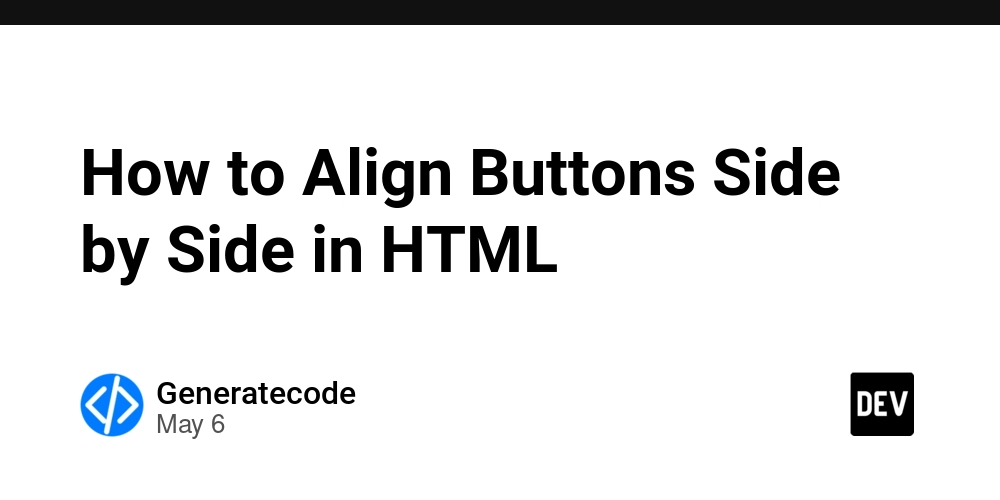
Aligning buttons side by side in HTML is a common requirement for web developers looking to enhance their user interface. When working with HTML elements like buttons, they typically default to displaying block-level styles, which means they take up the full width available and stack on top of one another. This article will guide you through the reasons for this behavior and provide clear solutions to display your buttons next to each other.
Understanding the Default Behavior of Block Elements
By default, certain HTML elements, including To achieve a horizontal alignment, you can utilize several CSS properties. Here are the most effective ones:
Let’s explore these techniques with practical examples.
Here’s how you can modify your code to use Ensure to add a style attribute for the buttons, setting A modern and flexible method is to use CSS Flexbox. Here’s how to do it:
No changes needed here, just the CSS:
Then, add the following CSS:
By applying Although this method is outdated and generally less efficient, it is still useful to know. Here’s how to float the buttons to achieve a horizontal layout:
No changes are needed in the HTML.
You can apply the following styles:
However, remember to clear the float afterward in the parent element if necessary:
In summary, aligning buttons side by side in HTML is straightforward once you understand the default block-level behavior of certain elements. By utilizing Yes, using Flexbox is widely supported in modern browsers, but be sure to check compatibility if supporting older browsers.
For more complex layouts, consider leveraging Flexbox or CSS Grid for better responsiveness and alignment options.
and Common CSS Properties to Use
Solution 1: Using
display: inline-block;
inline-block. This method is straightforward and effective:
Style Update
display: inline-block; so that the buttons align next to each other. This will allow each button to remain on the same line while respecting their individual block-level properties.
Solution 2: Using CSS Flexbox
HTML Structure
CSS Style
.button-container {
display: flex;
gap: 5px; /* Optional: Adds space between buttons */
}
display: flex; to the containing the buttons, you align them side by side effectively. Flexbox also enables you to add spacing between items easily use the gap property.
Solution 3: Using Float (Not Recommended)
HTML Adjustments
CSS Example
button {
float: left;
margin-right: 5px; /* Adds space between the buttons */
}
.button-container::after {
content: "";
display: table;
clear: both;
}
Conclusion
display: inline-block;, CSS Flexbox, or even float, you can achieve a cleaner and more organized layout. While the Flexbox method is highly recommended for modern web design, inline-block serves as a quick fix if you need simplicity.
Frequently Asked Questions
Can I align buttons horizontally without extra CSS?
inline-block is an easy method that requires minimal CSS.
Is Flexbox supported in all browsers?
What if I need more complex layouts?









































































































































































![[The AI Show Episode 146]: Rise of “AI-First” Companies, AI Job Disruption, GPT-4o Update Gets Rolled Back, How Big Consulting Firms Use AI, and Meta AI App](https://www.marketingaiinstitute.com/hubfs/ep%20146%20cover.png)



























































































































































































































































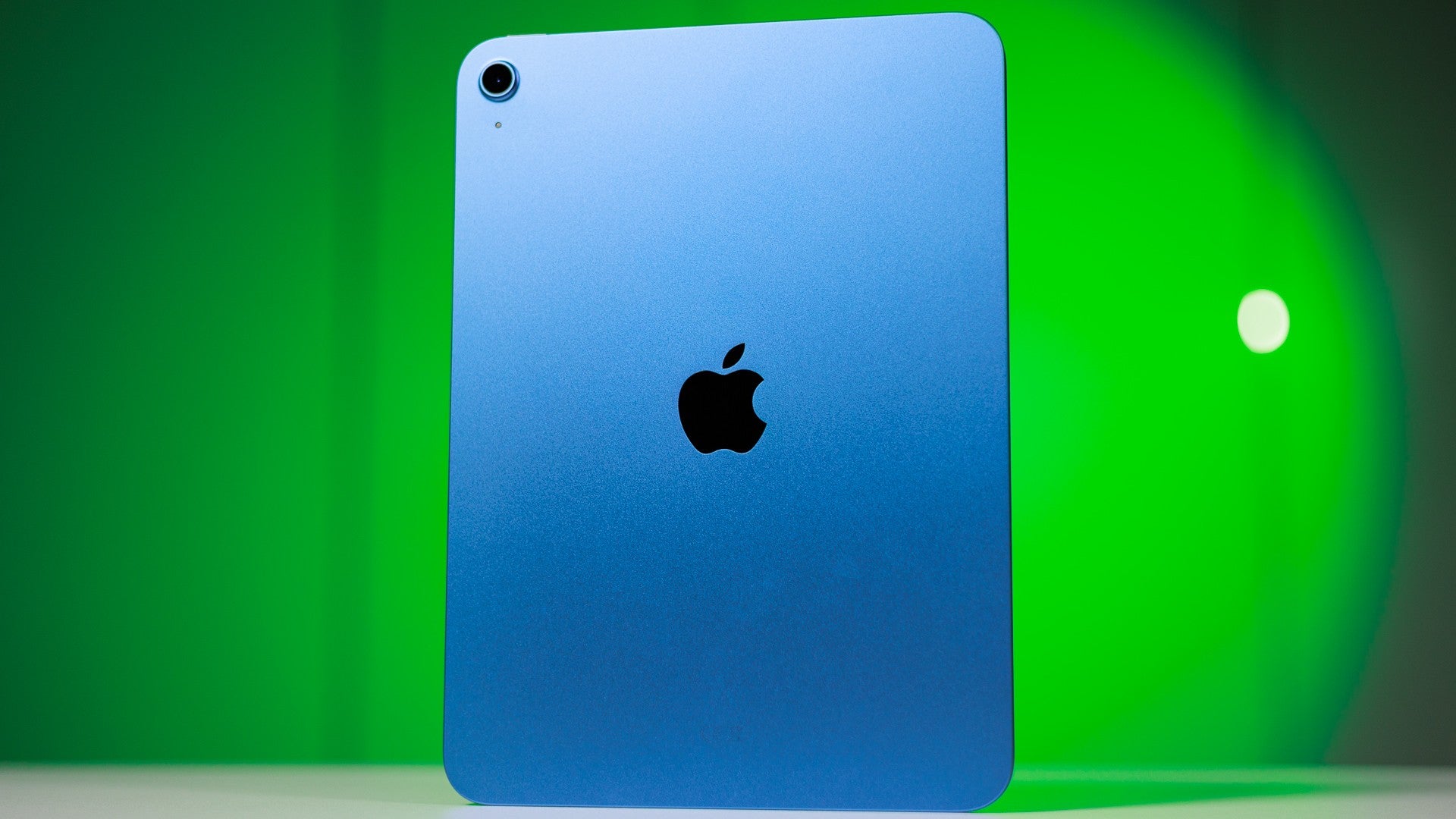














_Aleksey_Funtap_Alamy.jpg?width=1280&auto=webp&quality=80&disable=upscale#)
_Sergey_Tarasov_Alamy.jpg?width=1280&auto=webp&quality=80&disable=upscale#)


























































































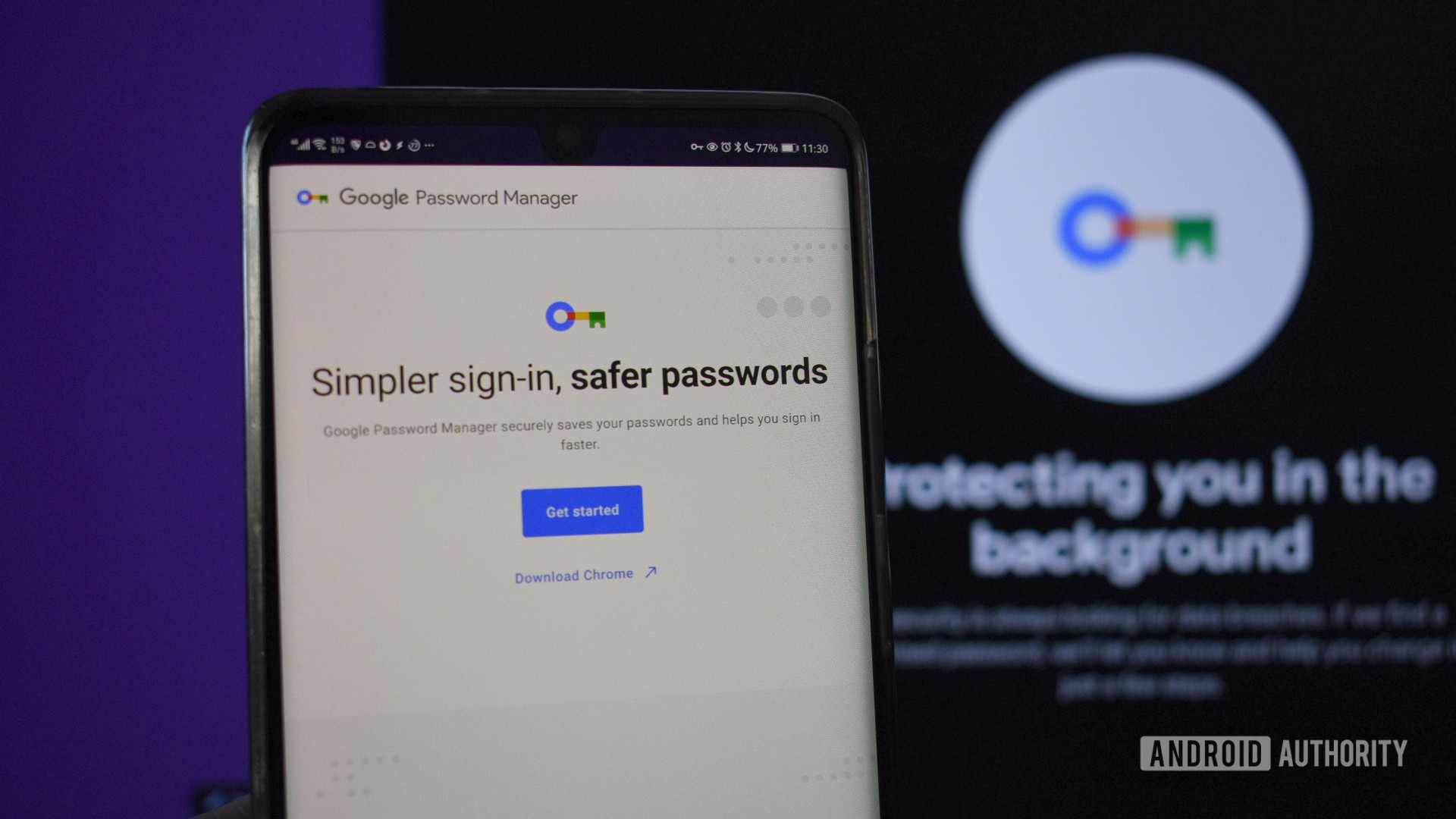




















![Apple Foldable iPhone to Feature New Display Tech, 19% Thinner Panel [Rumor]](https://www.iclarified.com/images/news/97271/97271/97271-640.jpg)
![Apple Developing New Chips for Smart Glasses, Macs, AI Servers [Report]](https://www.iclarified.com/images/news/97269/97269/97269-640.jpg)
![Apple Shares New Mother's Day Ad: 'A Gift for Mom' [Video]](https://www.iclarified.com/images/news/97267/97267/97267-640.jpg)
![Apple Shares Official Trailer for 'Stick' Starring Owen Wilson [Video]](https://www.iclarified.com/images/news/97264/97264/97264-640.jpg)
















































